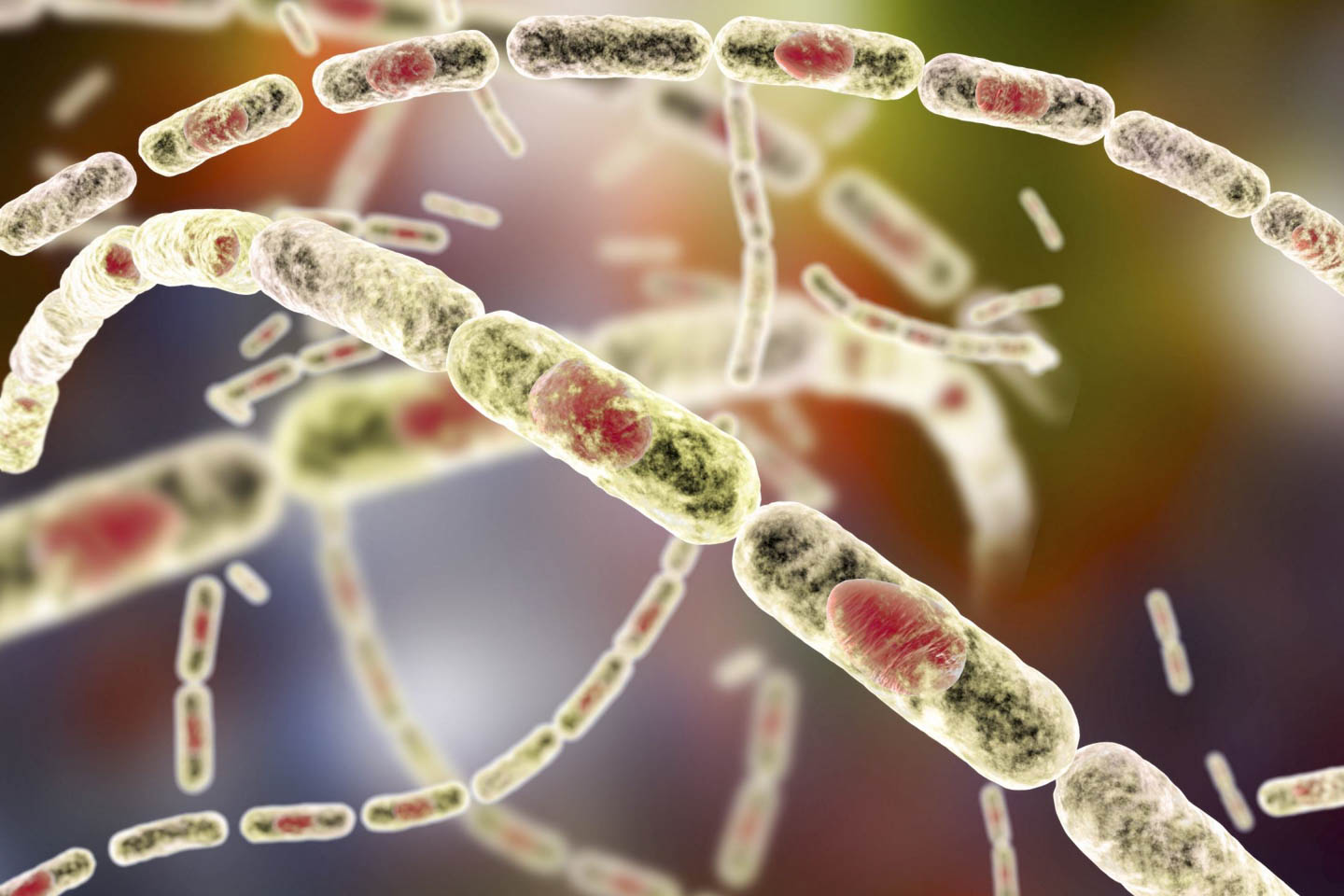A bioterror attack using virulent anthrax would be nearly as deadly today as it was in 2001, when anthrax spores sent through the mail killed five people. Even with aggressive treatment, only about half of those who breathe anthrax spores survive because the bacterium rapidly produces huge amounts of deadly toxins.
To inform future therapies, the lab of Robert Liddington, PhD, professor in the Bioinformatics and Structural Biology Program, examined how toxins enter cells. Their new study, published in the Journal of General Physiology, shows that the bacterial toxin is remarkably efficient at getting across cell membranes.
“When we pushed the system to its limit, we found that the pore formed by the toxin is incredibly robust,” said Liddington. “It acts like a ‘conveyer belt,’ continuously feeding toxic enzymes across the membrane.”
During anthrax infections, the bacterium Bacillus anthracis secretes a three-unit toxin: two enzymes named lethal factor (LF) and edema factor (EF) and a third protein called protective antigen (PA). After they’re engulfed by cells, they’re contained within membrane-bound acid baths (vesicles) that they have to escape to avoid being broken down. To do that, the PA proteins link together to form a pore across the membrane, allowing LF and EF to be transported into the interior of the cell. There, they wreck signals that would alert other cells to the presence of the bacteria, eventually causing the cell to die.
Liddington’s lab teamed with Isabelle Rouiller, PhD, and her group at McGill University, using a cutting-edge high-resolution imaging technique called cryo-electron microscopy to build a three-dimensional map of the “pre-pore” complex. The map showed seven PA proteins surrounding a narrow pore, with three LF molecules perched at the rim, ready to be moved across. As well as binding to the PA subunits, each LF molecule also bound to its neighbor.
The team hopes that these new findings will aid the development of better treatments for anthrax infection. “By identifying new interactions between different parts of the toxin, our findings suggest new ways to thwart toxin entry,” explained Liddington. “That might allow us to design new antitoxins that work better than or in combination with the two that have been approved by the FDA.”
This post is based in part on a press release from the Journal of General Physiology.
The paper is available online here.
